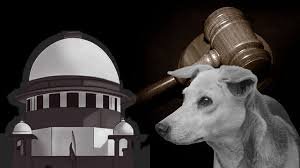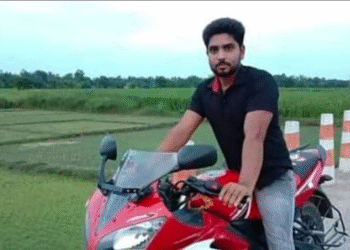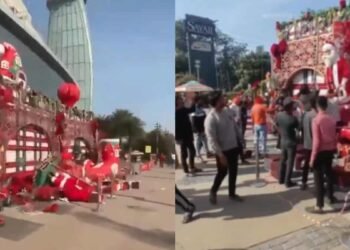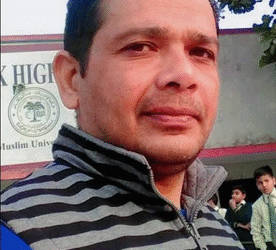Local bodies must vaccinate, sterilize, and relocate dogs to shelters and ensure no habitats exist in public areas, the Court said. The bench also extended its directions to the removal of stray cattle from roads and highways, warning of strict action for non-compliance.
BY PC Bureau
New Delhi, November 7: Taking note of the “alarming rise in dog-bite incidents”, the Supreme Court on Friday issued sweeping directions mandating the fencing of all educational institutions, hospitals, public sports complexes, bus stands, depots, and railway stations across India to prevent the entry of stray dogs.
A bench of Justices Vikram Nath, Sandeep Mehta, and N.V. Anjaria passed the order while hearing the suo motu case concerning stray dog management. The Court held that it would be the responsibility of local self-government bodies to capture strays from these areas, vaccinate and sterilize them as per the Animal Birth Control (ABC) Rules, and relocate them to recognized dog shelters.
Importantly, the Court made it clear that such dogs must not be released back into the same premises.
“Permitting the same would frustrate the very purpose of liberating such institutions from the presence of stray dogs,” the bench observed.
Local Bodies to Be Held Accountable
The Court directed civic authorities to conduct regular inspections to ensure that no stray dog colonies or habitats exist within public premises. It warned that failure to comply would invite disciplinary action against responsible officers.
During the hearing, Senior Advocates Anand Grover and Karuna Nundy requested the Court to consider the ecological implications of removing stray dogs, arguing that new packs would eventually replace those relocated. However, the bench declined to entertain the objections, emphasizing that the priority was public safety and prevention of dog attacks.
READ: High Turnout Boosts RJD, JD(U); BJP Faces PK’s Challenge
READ: Ajit Pawar’s Son Linked to Pune Land Scam: ₹1,800-Crore Plot Sold for ₹300 Crore
Stray Cattle Must Also Be Removed from Roads
The bench also ordered a nationwide removal of stray cattle and other animals from roads and highways, affirming earlier directions issued by the Rajasthan High Court.
“A joint coordinated drive shall be undertaken to immediately remove all such animals found on highways/roadways/expressways, including cattle,” the Court observed. The animals must be shifted to goshalas or shelter homes. “Chief Secretaries of all states/UTs shall ensure strict compliance with this. Otherwise, officers will be held personally responsible. Status to be filed in 8 weeks, indicating mechanism developed to carry out directions,” the Court warned.
The animals are to be relocated to goshalas or shelters, and the Chief Secretaries of all States and Union Territories have been directed to ensure strict compliance. Officers failing to act will be held personally liable, and compliance reports must be filed within eight weeks.
Having regard to the “alarming rise of dog-bite incidents”, the Supreme Court on Friday ordered that every educational institution, hospital, public sports complexes, bus stand and depots, railway stations, etc must be fenced properly to prevent the entry of stray dogs.
Read… pic.twitter.com/F7Rtjg1igH— Live Law (@LiveLawIndia) November 7, 2025
Background of the Case
The suo motu case originated from a Times of India report titled “In a city hounded by strays, kids pay price.” Earlier, on August 11, a bench led by Justice J.B. Pardiwala had directed Delhi authorities to relocate stray dogs and prohibit their release — an order later stayed by the current bench led by Justice Vikram Nath.
Citing Rule 11(9) of the ABC Rules, the Court had then clarified that stray dogs, after sterilization and immunization, should normally be released back unless they are rabid, suspected of rabies, or exhibit aggressive behavior. It also prohibited public feeding of strays except at designated feeding zones.
With Friday’s order, the Supreme Court has expanded the scope of the case nationwide, directing all States and Union Territories to coordinate with animal husbandry departments and report progress at the next hearing.













